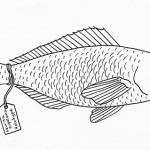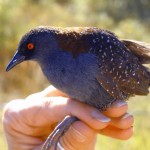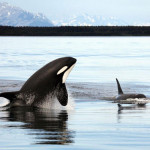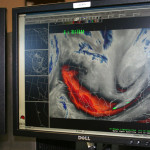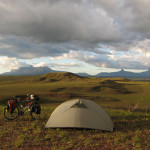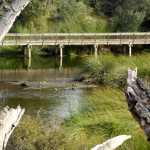An expert in rare plants, Heath Bartosh is especially interested in “fire followers,” plants whose seeds stay buried in the ground until heat or smoke stimulates germination. These annuals flourish for one to three years. And then they’re gone—until the next fire.



